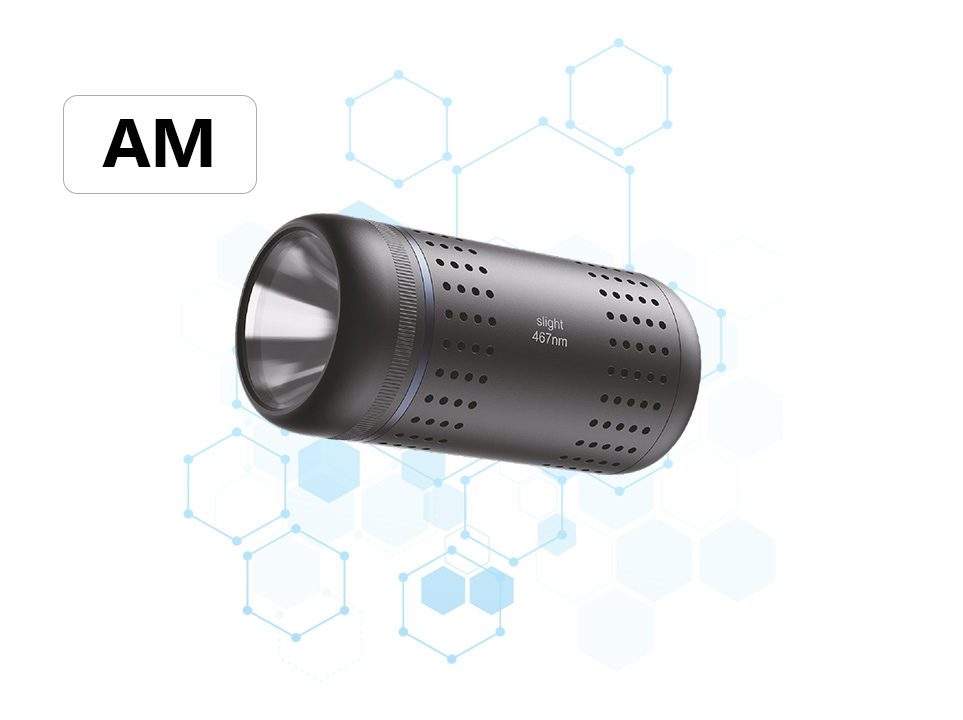The basis for selecting enamel material for ton level kettle type photoreactors
In the realm of chemical engineering, photoreactors play a pivotal role in various industrial processes, particularly in the synthesis of pharmaceuticals, polymers, and other specialty chemicals. Among the various types of photoreactors, ton-level kettle-type photoreactors stand out due to their ability to handle larger volumes of reactants efficiently. However, the success of these reactors largely depends on the material used for their construction, especially the enamel coating, which directly interfaces with the reactive mixture. This article delves into the criteria and considerations for selecting the ideal enamel material for ton-level kettle-type photoreactors. 1. Chemical Compatibility One of the foremost considerations in selecting an enamel material is its chemical compatibility with the reactants and solvents used in the photoreactor. Enamel coatings must be resistant to corrosion, degradation, and leaching of contaminants into the reaction mixture. Understanding the chemical properties of the reactants, including their pH, temperature stability, and reactivity, is crucial in choosing an enamel that will maintain its integrity throughout the reaction process. 2. Durability and Wear Resistance Ton-level kettle-type photoreactors operate under harsh conditions, including high temperatures, pressures, and stirring intensities. The enamel material must exhibit exceptional durability and wear resistance to withstand these rigorous conditions without cracking, peeling, or chipping. A durable enamel coating not only extends the lifespan of the photoreactor but also ensures consistent reaction conditions, thereby enhancing product quality and yield. 3. Light Transmission and Absorption Properties As the name suggests, photoreactors rely on light to initiate or drive the chemical reaction. Therefore, the enamel material must possess optimal light transmission properties to allow sufficient UV or visible light penetration into the reaction mixture. At the same time, it should minimize absorption of light at the wavelengths critical for the photoreaction, ensuring efficient utilization of the light source and promoting reaction kinetics. 4. Temperature Resistance Temperature control is vital in photoreactors to maintain optimal reaction conditions and prevent side reactions. The enamel material must be able to withstand the temperature fluctuations associated with heating and cooling cycles without undergoing structural changes or losing its protective properties. High-temperature resistance also ensures that the enamel does not degrade or emit harmful vapors into the reaction environment. 5. Cost-Effectiveness While performance is paramount, cost considerations cannot be overlooked. The selected enamel material should offer a balance between high performance and affordability. Evaluating the life cycle cost, including installation, maintenance, and eventual replacement, can help in making a cost-effective decision that aligns with the budget and long-term goals of the facility. Conclusion Selecting the right enamel material for ton-level kettle-type photoreactors is a multifaceted decision that involves a thorough understanding of the reaction conditions, material properties, and long-term implications. By prioritizing chemical compatibility, durability, light transmission, temperature resistance, cost-effectiveness, and regulatory compliance, engineers can choose an enamel coating that maximizes reactor performance, ensures product quality, and supports sustainable operations.





